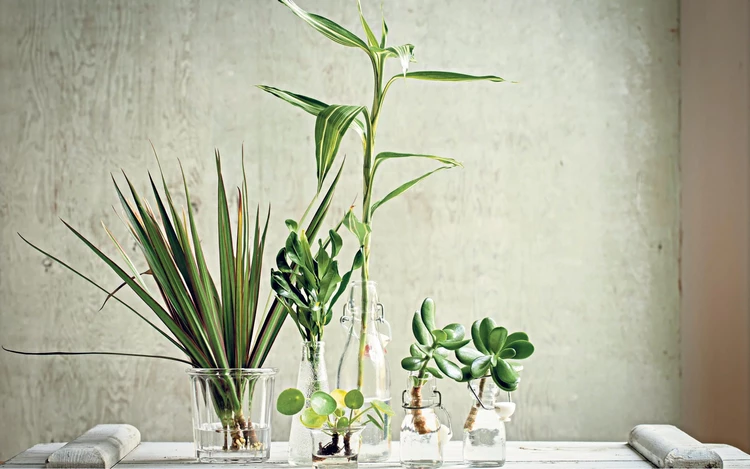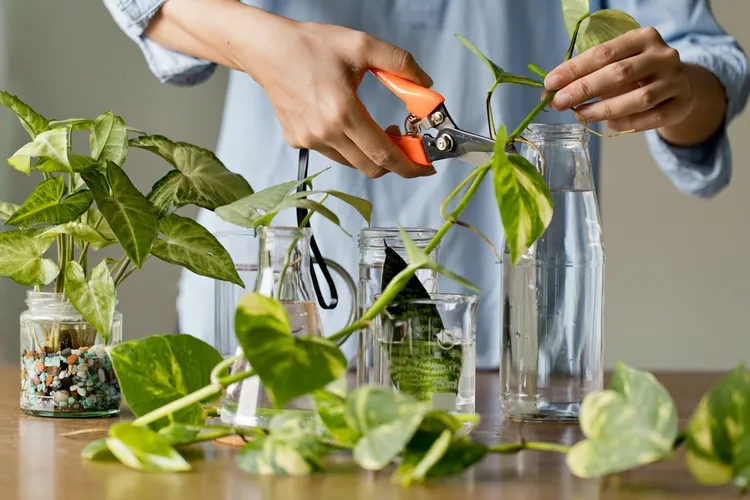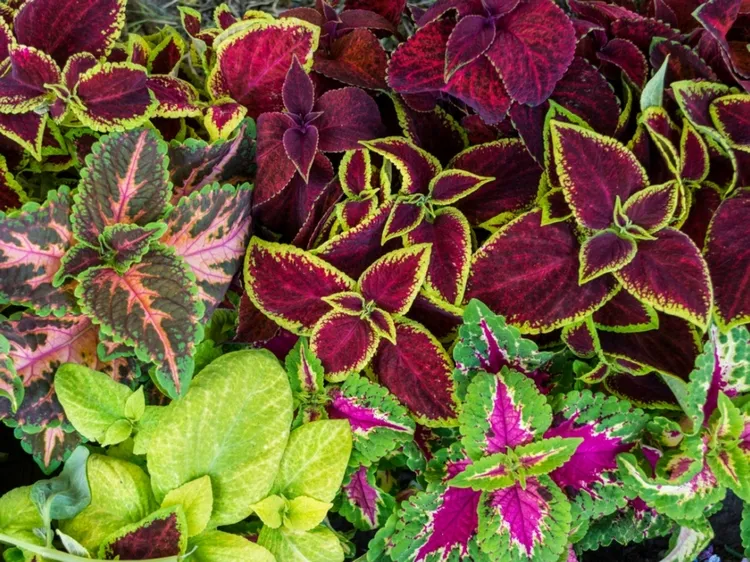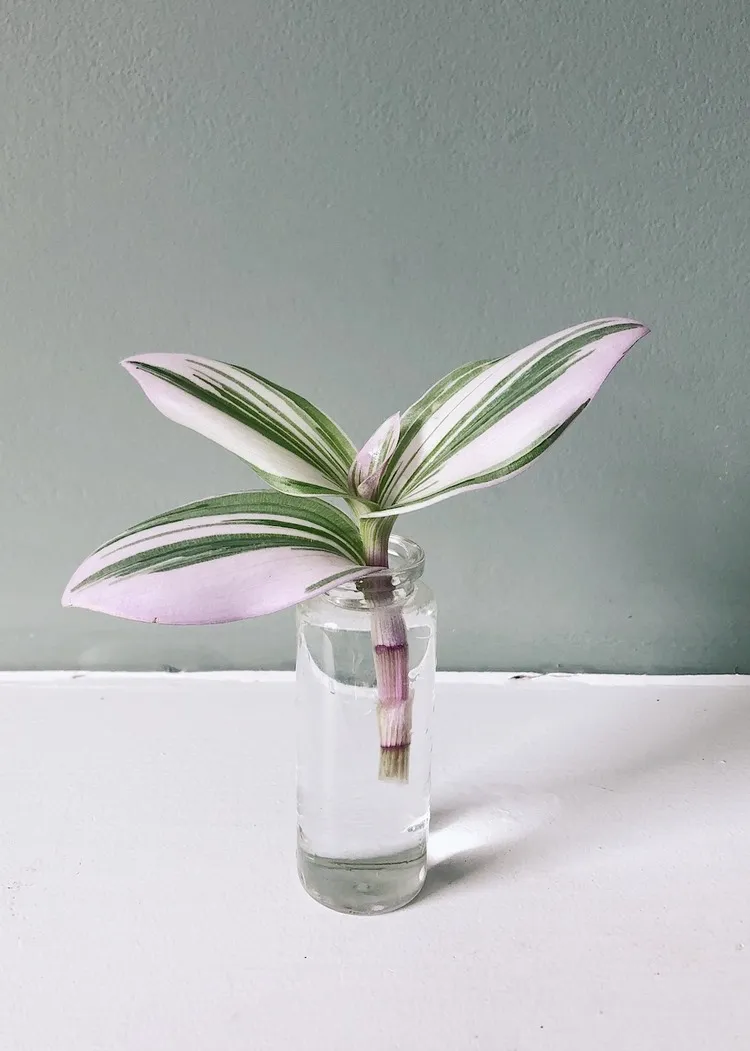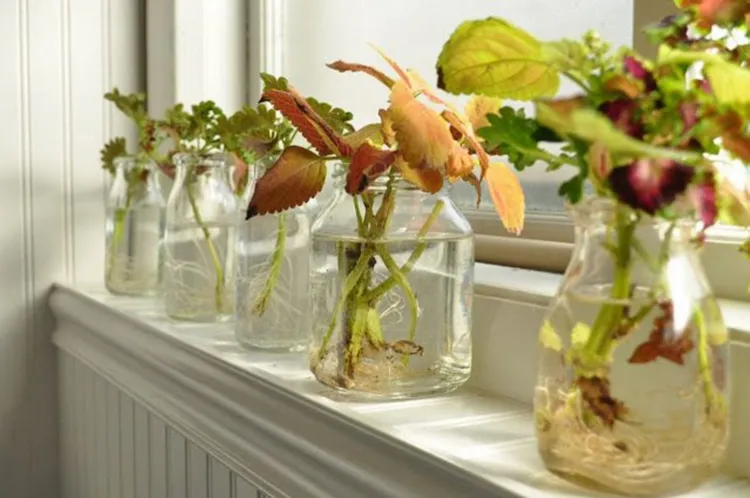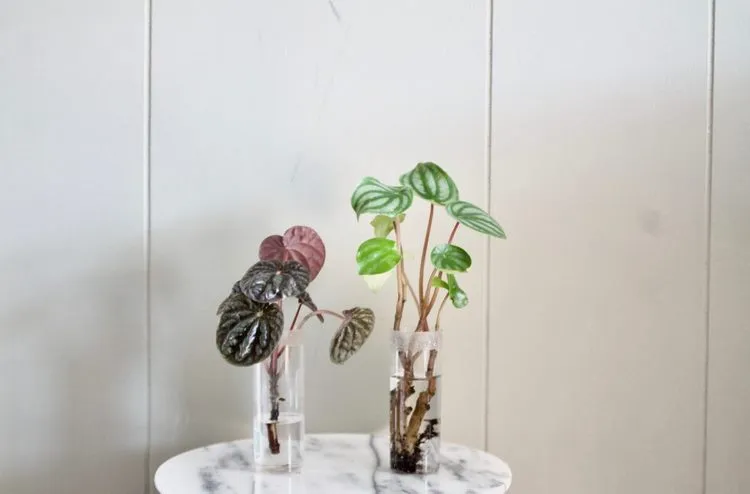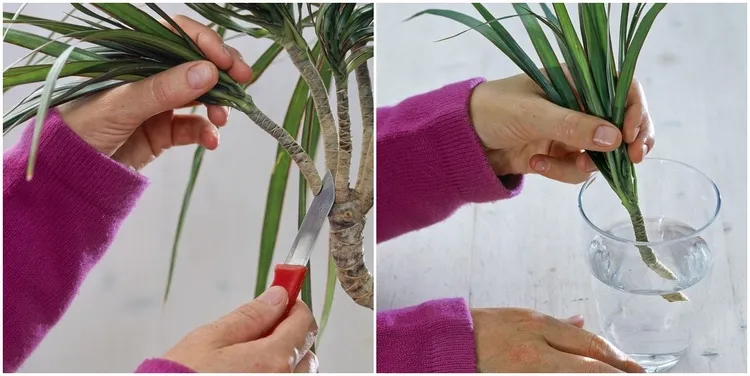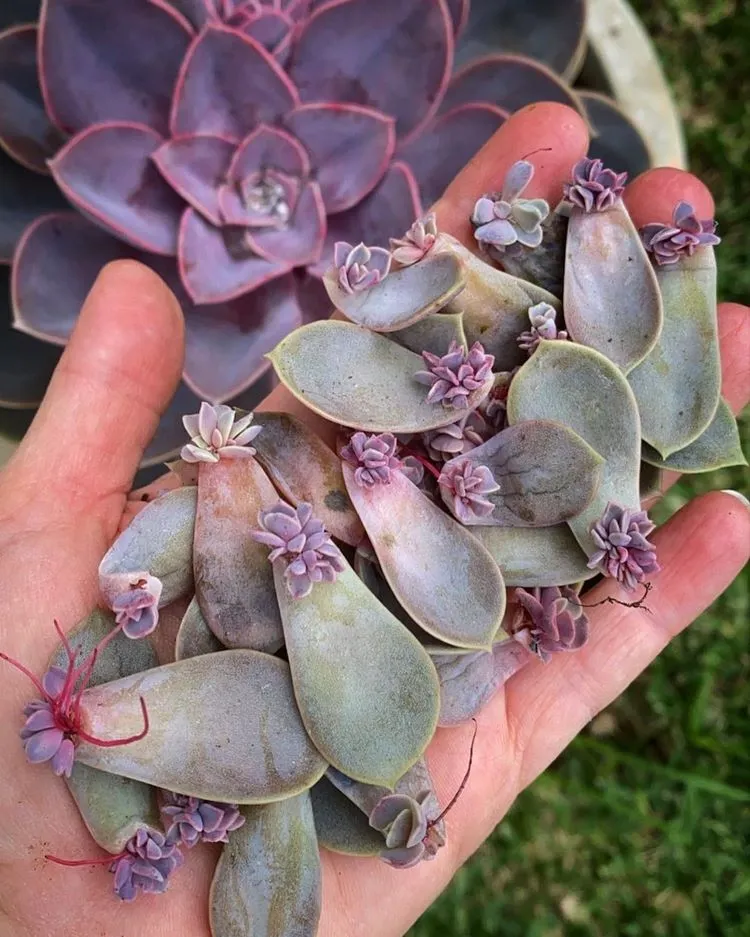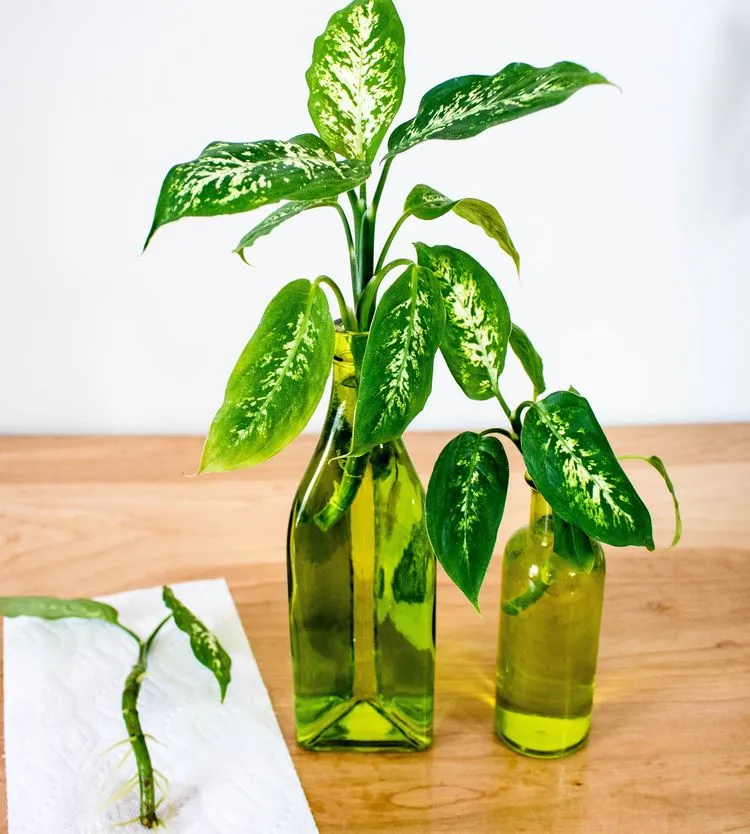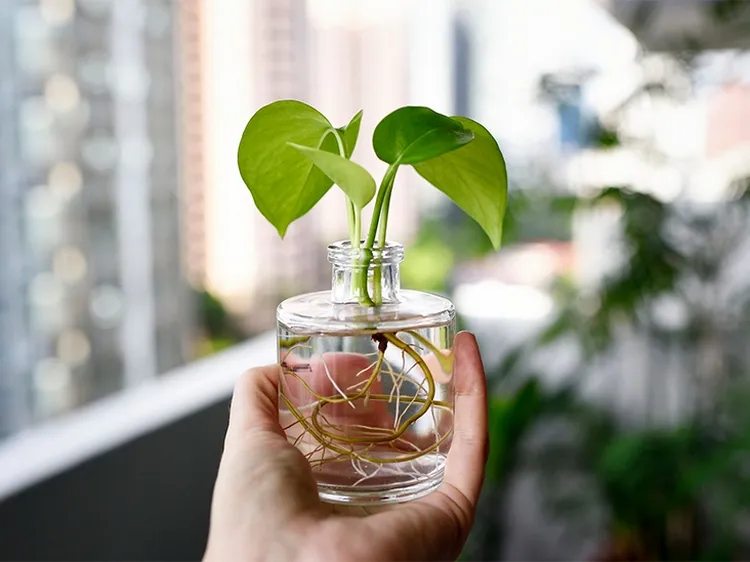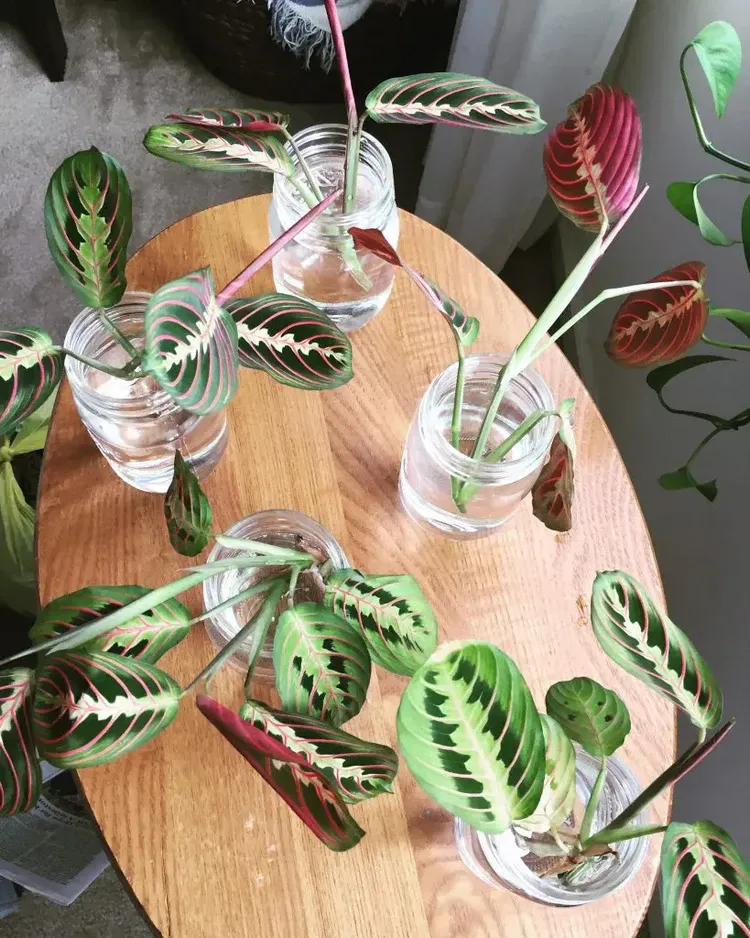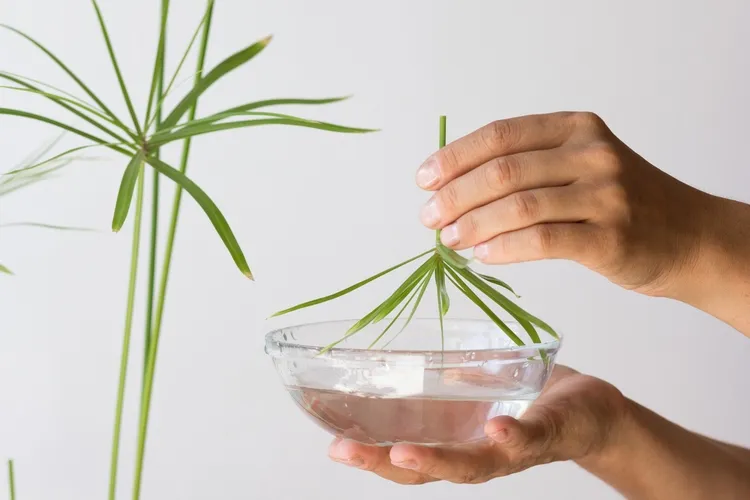Among the many methods of plant propagation, cuttings are the most popular, because with its help you can easily and quickly get a plant that is completely identical to the parent. This method is based on the unique ability of flora representatives to recreate themselves from a leaf, a fragment of a stem or a piece of root. How to grow plants from cuttings? What are the main types of cuttings? What plants can you grow from cuttings? Read on and find out a lot of useful information!
What Are the Main Types of Cuttings for Plant Propagation?
Cuttings are one of the main methods of propagation of not only garden, but also indoor plants. This is not surprising, since with this method, without harming the parent plant, you can get a large and rapidly growing offspring. There is nothing complicated in growing plants from cuttings. Generally, there are two main types of cuttings – softwood cuttings, also called leaf cuttings, and hardwood cuttings. What are the differences?
Softwood cuttings (Leaf cuttings) allow you to get new plants from a single leaf or even part of it. This is the most productive way to propagate succulents or cacti, Sansevieria, Begonia, Saintpaulia (African Violets), Echeveria, etc. Leaf cuttings are taken from new shoots in May-June (late spring or early summer) and kept moist until roots are established.
Hardwood cuttings are taken from mature, woody plant stems during fall-winter period and planted in spring.
In addition, there are other types of cuttings like tip cuttings, basal and heel cuttings. Obviously, a tip cutting is taking a part from the growing tip of a stem. Basal cutting is taking a side branch which is close to the main stem of the plant and heel cutting means taking a part of the old stem of the plant.
One of the main advantages of propagating plants from cuttings is the minimum harm caused to the plant itself. Only a few shoots are cut and this procedure does not cause serious injury to the plant and does not lead to inhibition of its growth. Other advantages include that you can get a large number of new plants in a short time, the new plants develop faster achieve their maximum decorative effect quickly, quickly restore old or neglected ones, etc. Easy propagation plants include a large number of indoor varieties. Even with minimal knowledge and experience you can use this method to get new plants.
How to Make Cuttings to Propagate Indoor Plants?
As easy as it is to take a cutting form a plant, here are some simple tips to keep in mind!
- Make sure that you use a sharp blade to take cuttings. In this way you will minimize the risk of injuring the parent plant.
- Dip the blade in rubbing alcohol before taking cuttings. In that way, if you have a plant with a disease, it will not be transmitted to the new one.
- Make a cut at an angle of 45 degrees, since this achieves the largest open area for water absorption and, accordingly, the formation of roots.
- Remove flowers and flower buds from cuttings. This will save the energy of the plant for rooting.
- Choose a proper container. Depending on the method that you selected, insert the cutting in water, soil, coarse sand, etc.
- Do not expose the cutting to direct sun. Make sure you provide bright, indirect light to stem and leaf cuttings.
List of Plants to Grow From Cuttings
Before proceeding with the preparation of cuttings and their rooting, it is important to know whether a plant can be propagated by cuttings. Next you need to do a proper cutting, prepare a suitable container and soil, plant a cutting and properly care for it. Here is a list of plants to grow from cuttings:
Tradescantia
If you are looking for a plant that can be rooted simply in water, then you should pay attention to Tradescantia. It is a uniquely unpretentious plant. Cut branches with a length of 4-6 inches/10 to 15 cm. You can place the cuttings in water, but since the plant is characterized by almost 100% survival rate, most often the cuttings are simply planted in pots. If you are rooting in water, then do not rush to plant plants in the soil, wait until high-quality large roots are formed.
Coleus
Coleus is a wonderful, low-maintenance plant and probably one of the easiest to grow and propagate. It comes in a rich palette of leaf colors coleus, different leaf shapes – heart-shaped, oval, scalloped or wavy edge and a wide variety of textures. This indoor plant can be obtained from seed or cuttings. Young shoots are cut in spring. Rooting coleus can also be carried out in the soil. But the easiest way to root the branches of a plant is simply in water.
Peperomia
Peperomia is easy to propagate, and cuttings with one, two or three nodes are the best way. Place the cuttings in water until roots develop and transfer to pots. You can plant the cuttings in soil but keep in mind that the plant needs high temperature – 24-25C/75-77F degrees.
Dracaena
Dracaena is a houseplant that never goes out of fashion and is very easy to grow from stem cuttings. Cut a 5 to 7 cm/2-3inch long section and dip in water. When the plant develops roots, it is planted in soil.
Echeveria
Echeveria is a popular succulent widely used in terrariums and succulent gardens. Echeveria rooting is carried out only in soil. Cuttings root very quickly – usually in two weeks, and develop rapidly and actively.
Dieffenbachia
Dieffenbachia is also easy to propagate by cuttings. To do this, the “crown” with 5-6 leaves is cut off from the plant with a knife, it easily gives roots in water. When placed in water, roots will appear at the stem cuttings and “sleeping” buds will swell. Keep in mind that dieffenbachia is a poisonous plant that can cause an allergic reaction. Make sure that you work with gloves and after you finish with cuttings, wash your hands with soap and water.
Saintpaulia (African violets)
African violets require very frequent rejuvenation and modest care. Even at exhibitions, you can often buy not bushes, but individual leaves, from which you can quickly get young healthy bushes at no extra cost. Violet leaves are carefully cut with a 3-4 cm/1-1,5 inch cutting. The main thing is to dry the sections. The leaves can be pre-rooted in water or immediately planted in the soil.
Philodendron
Cut the stem and place the cutting in a glass of water. Once the roots are establishes, the cutting is ready to be transferred to a pot filled with soil. Philodendron cuttings can be planted directly in soil as well.
Prayer plant
Prayer plant is propagated from stem cuttings without any difficulty. You need to take cuttings just below the nodes closer to the bottom of the stems and put them in a glass with clear water.
Cyperus (Dwarf Papyrus Sedge)
The lush bush of this flower looks like a mini palm tree and is therefore very popular among flower growers. Take a cutting and put the leaf head upside down in some water. Roots will appear after 4 to 6 weeks.



